The Safe Trails Coalition want to be sure to provide recreational enthusiasts with accurate information about our parks and trail systems.
Here are five basic things you should know before you go on your next trail excursion:
1. OFFICIAL VS. UNOFFICIAL TRAILS. If the trail isn’t marked with an official sign, it likely isn’t an authorized trail. Only the park’s trail map will confirm if the trail is authorized or not. Areas that do not have authorized use are restricted for a variety of reasons, so adherence to the park’s trail map is critical. Sometimes store purchased maps have inaccurate information on the local trail systems, which is why the official park map always should be used. Additionally, sometimes an unauthorized trail is marked telling visitors NOT to use it, while other times it is unmarked.
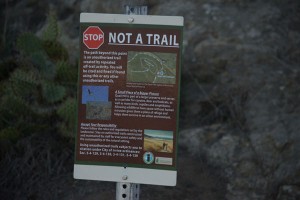 |
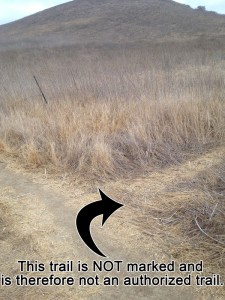 |
|
| A signed unauthorized trail. | An unsigned unauthorized trail. |
2. FOLLOW TRAIL ETIQUETTE. It is helpful to know trail etiquette. Bikers yield to hikers and equestrians; and hikers yield to equestrians. This trail etiquette (or trail courtesy) is usually shown in a triangle sign with the following symbols for the predominant user group.
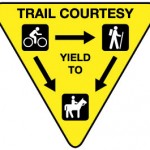 |
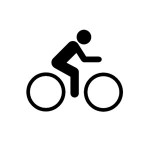 |
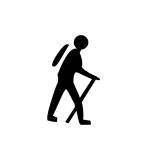 |
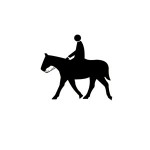 |
| Trail Courtesy Sign | Biker | Hiker | Equestrian |
3. ANNOUNCE YOURSELF TO OTHERS. If you are passing another trail user, call out in advance which side you’ll be passing on so the trail user knows you are there and which side will be when passing them. For example: “On your left!” This indicates the the trail user being passed to veer right to the passing trail user enough space. Slower trail users are encouraged to stay on the trail’s right side.
4. FOLLOW SPEED LIMITS. Our protected lands typically have a speed limit of 15 miles per hour. Increased speeds over 15 mph pose a danger to yourself and others as you are less able to respond appropriately to changed circumstances, be it a fallen branch or a group on the trail. Speed limit signs are shown like this:
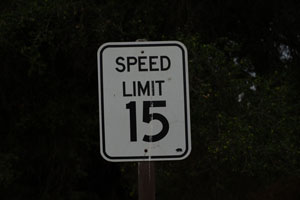 |
| Speed Limit Sign |
5. UNDERSTAND SIGNAGE / ICONS. For your safety and for the safety of those around you, please obey all signs. Here are some of the common symbols used on trail signs and park maps.
 |
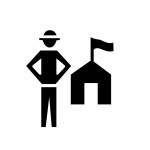 |
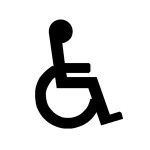 |
| Parking | Ranger Station | Handicap Accessible |
 |
 |
 |
| Scenic Vista | View Point | Information Kiosk |
 |
 |
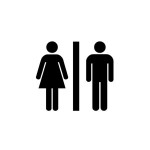 |
| Picnic Area | Fishing Permitted | Restrooms |
 |
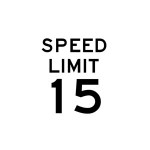 |
|
| Trailhead (to left) | Speed Limit 15 MPH |
Similarly, if the image has a slash through it, the activity is not allowed, such as:
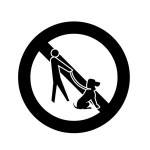 |
 |
 |
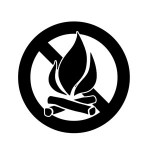 |
| No Dogs | No Smoking | No ATVs | No Campfires |
Educating yourself about signage is an important step in keep the trail safe for you and others. Do your part.